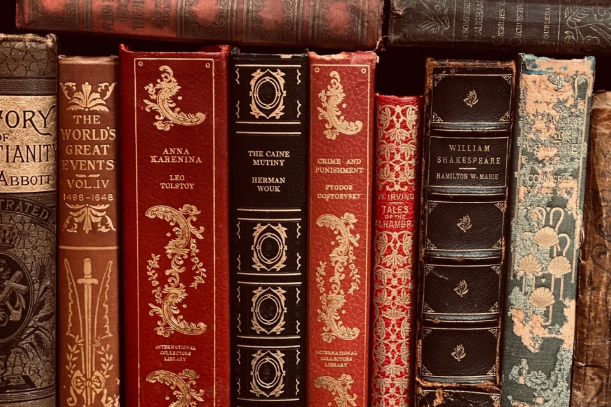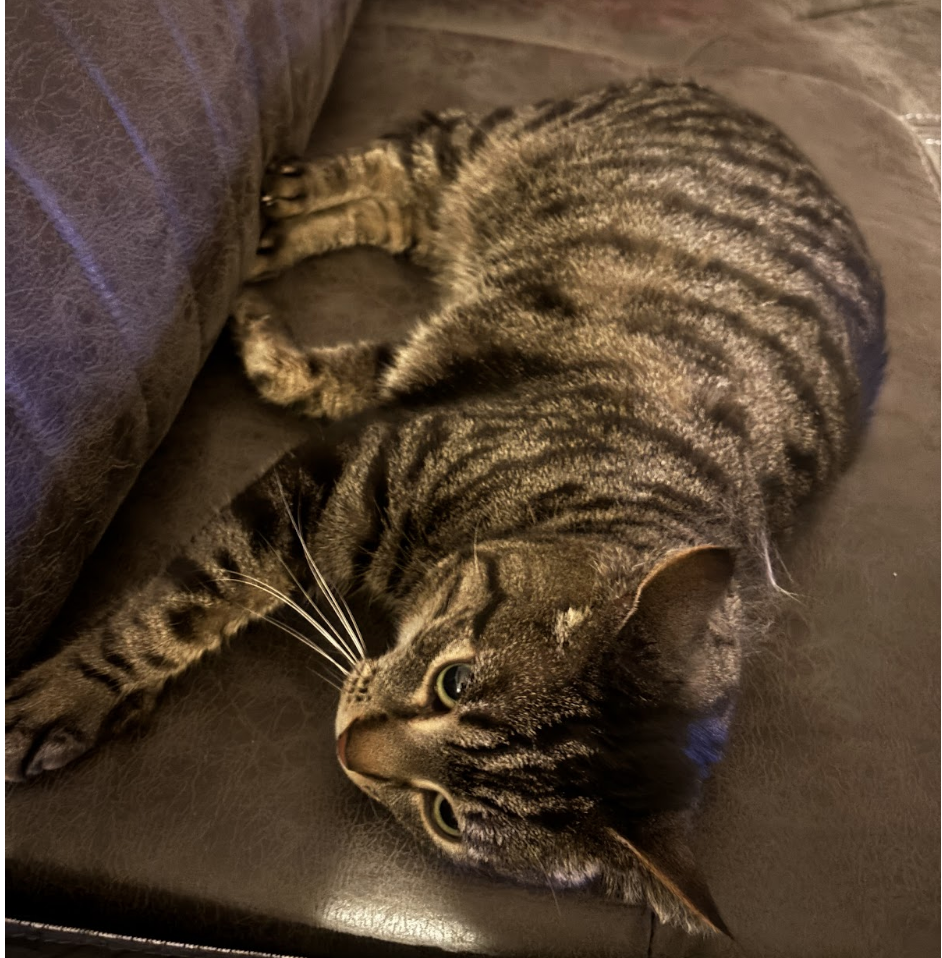Everyone knows the name Chanel. From the gorgeous hand bags to the classy clothing the Chanel brand is famous for, Chanel has always been a staple name in the fashion industry. However, who is the woman behind Chanel? A fashion designer and Nazi Agent, Coco Chanel’s life was full of cruel ambition, scandalous affairs, evil connections, and influential designs.
In the late 1800s, Chanel Volpel was born to a poverty stricken family of six. Her father was a street vendor and her mother was a laundry woman. At eleven years old, her mother died, leaving her to the hands of an orphanage. She eventually moved to a convent and lived there at the age of 18. She left and became a seamstress in 1902. To pay the bills, she sang in cafes. Though her voice was average, her charm and wit was admired and loved by those who watched.
Coco had no lack of romance, for she often used romantic relationships as stepping stones for her ambition. In 1910, her long standing boyfriend and famous polo player, Arthur Capel, provided her the necessary money to open her very own hat shop. Her real impact came in the form of a boutique within the beautiful Deauville, France.
In the early 1900s, women were still wearing the painfully uncomfortable fashion such as petticoats and corsets. Chanel changed the course of fashion with her innovative use of jersey fabric. Jersey is a knit based fabric known for its comfort and flexibility. At the time, it was made of wool. Jersey was cheap, which was beneficial to the poor Coco Chanel and often used for men’s underwear. Coco used the material but transformed it into comfortable and everyday sportswear for women. Chanel continued to use the fabric even after she became financially successful because of its ease and attractiveness in her designs.
Her designs were inspired by men’s fashion and both aimed for comfort and practicality. As Coco Chanel famously states, “Luxury must be comfortable, otherwise it is not luxury.” Her clothes gained noticeable popularity by wealthy women who longed to break free from the confining tight clothing social standards forced them to wear. Her attention to comfort and fashion grew popular and completely changed the fashion industry for women.
As World War I caused men to leave, women served in roles that were commonly occupied by men. Women of the early 1900s served as doctors, ammunition testers, stock takers, and dangerous factory workers. Since many required physical movement and freedom, Chanel’s shortened skirts and comfortable wear became a landmark fashion in the first world war. Fabric was scarce, so Chanel revolutionized the use of jerseys for clothing, not just underwear.
In the late 20s, Chanel introduced a concept still widely celebrated and used today. The Little Black Dress. Black was not commonly used for fashion wear, often seen as a color of sadness and mourning for the dead. However, with flashy jewelry and the confidence Chanel wore with all of her designs, the LBD became a simple phenomenon. As described by Vogue, it was the “Ford of Fashion.”
Chanel found success with her clothing designs, but her Chanel No 5 perfume took the cake. With its jasmine and floral scent and unconventionally classy bottle, Chanel No 5 became a famous luxury perfume.
In 1939, Chanel had to close her wildly successful couture house and became a Nazi agent. Chanel’s life took a turn after starting an affair with a German officer and a prominent Nazi. Baron Hans Günther von Dincklage’s high status allowed her to move into the Nazi headquarters and luxurious Hotel Ritz in Paris, where she maintained her high class status despite her line closing. However, it is believed that the reason she entered into the affair and became an agent was to free her nephew, Andre Palasse, who resided in a German Stalag, imprisoned in 1940. Additionally, she also associated with Germans because it allowed her to rebuild her business with the forced removal of Jews in businesses.
In 1944, Chanel’s plans of business endeavors and riches failed when she was outed as a German spy. She disposed of any evidence that proved her to be a German spy and managed to get out of trouble by insisting she was only trying to get her nephew out of prison. She also paid people not to write or tell anyone about her involvement in the war.
In the 1950s, Chanel debated whether she should reclaim her role in the fashion industry. She had more than enough money to sustain herself, but she wanted to continue her legacy as an icon in fashion. However, Dior’s elaborate ideas had risen up and were opposing Chanel’s idea of fashion. Despite this, Chanel came out with many more iconic and celebrated articles of clothing solidifying her legacy.
In 1971, Coco Chanel died, leaving a permanent change on the women’s fashion industry. Women’s clothing shifted because of Chanel’s innovative fashion and modern ideas. While she had a huge impact on fashion, she also was and still is an extremely controversial historical figure. Her involvement in World War II still baffles researchers on what her beliefs were and why she did what she did.
Fashion is not normally considered controversial, however in terms of the ambitious Coco Chanel, there are quite a few mysteries that still haunt the fashion industry today.








